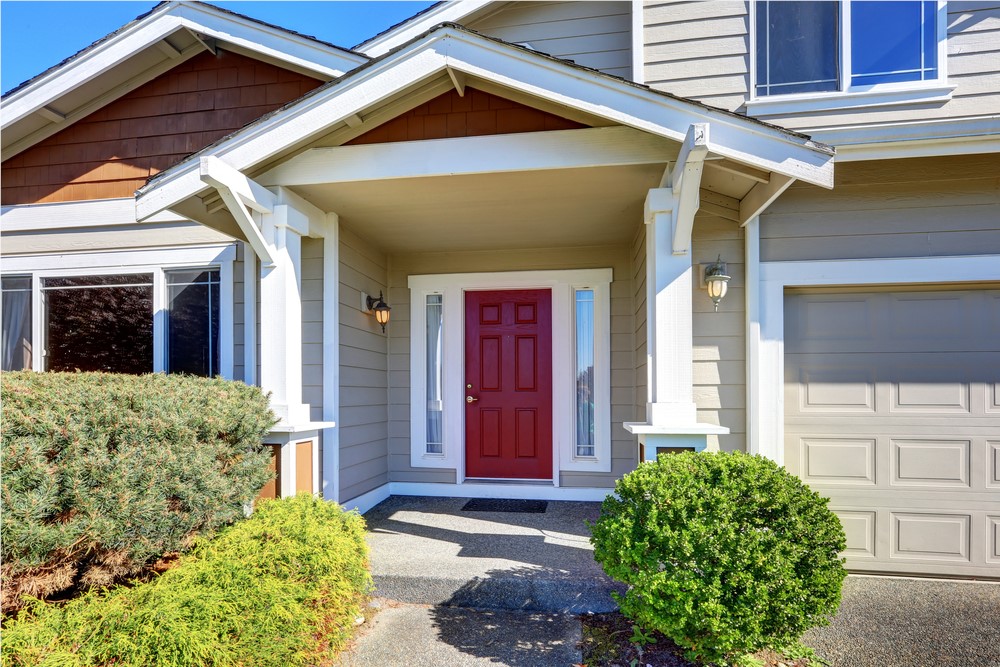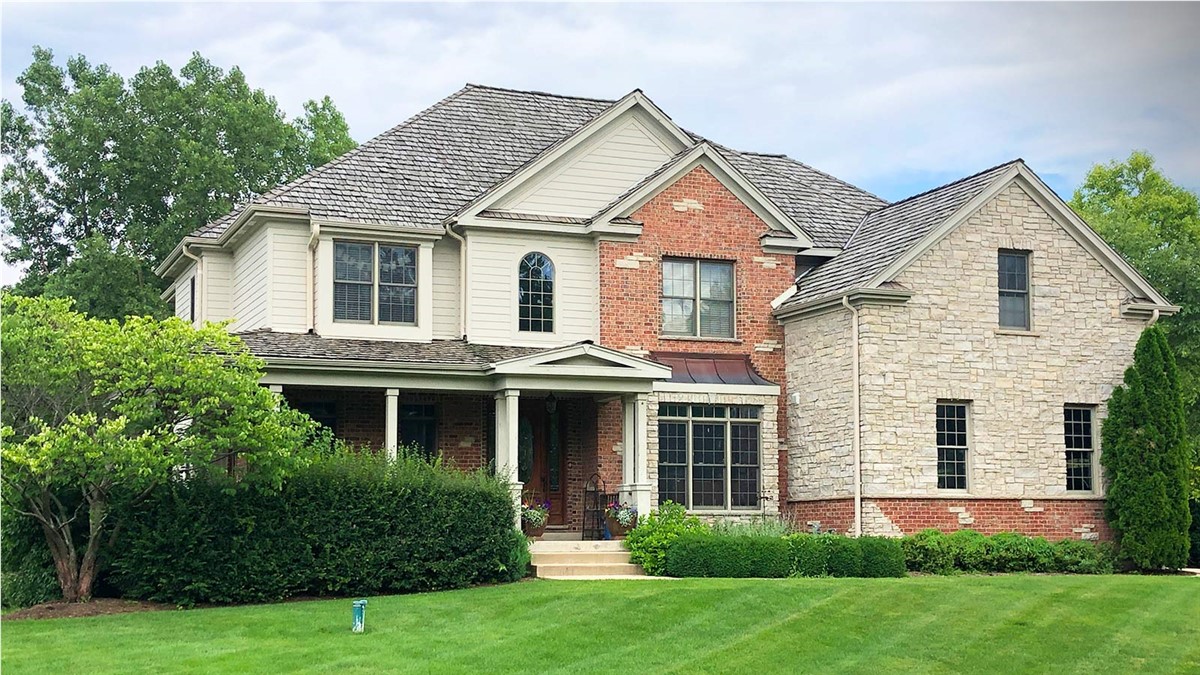Sooner or later, it’ll be time for your Chicagoland home’s window replacement. Window replacement is inevitable, and older homes may need multiple windows replaced simultaneously to ensure energy efficiency and safety.
Still, it’s best not to jump into a window replacement appointment without having all your ducks in a row and your eyes fully open. Let’s break down what you need to know before a Chicagoland window replacement in detail.
Determine Whether a Replacement is Worthwhile
First, you need to determine whether a full window replacement is necessary, worthwhile, and cost-effective. Depending on the current state of your windows, you may only need to replace one or two windows.
That said, it’s generally more cost-effective to replace multiple windows with the same appointment. In many cases, replacing multiple damaged or ineffective windows at once will be cheaper than replacing and installing one or two new windows with separate appointments.
So, take a look at each window in your home and plan to knock out all window replacements in one or two appointments at most.
Type of Replacement Needed
Next, consider the type of window replacement you might need. There are two broad types of window replacements:
- Full replacement or “tear-out” replacement: this installation method entails the replacement of everything but the buck (wood) frame surrounding the window unit a.k.a. both the window and the frame. For example, if the frame is out of square (i.e. no longer shaped correctly) or rotted, then the insert window option (detailed below) is not a viable option for you. The full replacement method does not cost significantly more than an insert window, ensures that any frame issues will be addressed before the opening is closed up, ensures that you will be able to install as large a window as possible, with the only downside being that trim should be replaced and possibly repainted or stained. Generally speaking, this is our preferred method of installation because you will know that the window and its opening are in good shape for many years to come.
- Insert or “pocket” window replacement: this installation method entails the replacement of the window and stops only. Generally speaking, this method of window installation is ideal if the original framing for your window(s) is sound and secure. It is also a great window installation method if you are looking to preserve your old trim in a historic home. Lastly, it is a slightly more economical option as well. The downsides are that you may not be able to inspect the frame to ensure it is in good condition and you will lose some glass size as the new window is going in an old frame.
If you’re not sure which windows require full replacements, contact window replacement experts like HX Home Solutions. We will be able to point you in the right direction with a free estimate or consultation.
Chicagoland Window Replacement: Picking the Right Window
Replacing your windows with any glass is one thing – replacing them with the right windows is another. There are lots of different windows you can choose from, including but not limited to:
- Double-hung windows – these windows slide up and down from the top and bottom. They are aesthetically appealing as they are a classic option. There are several benefits to double-hung windows beyond the ability to control ventilation. For starters, they are easy to clean as you can tilt the sashes in and clean from the inside. They are safer in high-traffic areas such as decks as they do not project out. They are also additional friendly as you can install air conditioner units in a lower sash.
- Casement windows – these windows crank out and are hinged on the left or right side. They are the best choice for you if you want maximum airflow in your home because it allows for the entire opening to be open to the outside. They also actually provide the best seal to the home, because, unlike double-hung windows that have one locking point, casement windows usually have a multi-point locking system. There are generally two downsides to casement windows. Maintenance is your number one issue (crank mechanisms tend to deteriorate over time), however, a good manufacturer has great warranties and warranty support. Second, cleaning casement windows can be tough as they can be hard to clean from the inside. However, certain casement windows can actually be just as easy to clean from the inside as you can take the sash off of the crank mechanism and clean the window from the inside – possibly the perfect window! The final downside is they are not good in high traffic areas as they project from the home.
Awning windows are great for when you want maximum airflow but also want to be able to keep windows open in the rain. They are a great window for over the kitchen sink – as long as the crank mechanism doesn’t interfere with your kitchen faucet! - Picture windows – this window type is a great option for areas you never plan to open a window (for example if they are out of reach). They have no mechanisms so are less likely to fail and are more budget-friendly as they are cheaper to manufacture.
Bay and bow windows – these windows provide significant architectural detail and improve curb appeal, and oftentimes, value to your home. They let in additional light, give you added interior living space in your home, and can be a place to sit. - Garden windows – garden windows are one of the two least discussed window options and when utilized properly can be a great option. This window projects outside from your wall and not only does it provide ventilation, but it can give you an excellent way to store plants, herbs, and spices for your kitchen. Not to mention the fact that it lets in more light to your home.
- Tilt-turn windows – perhaps the least discussed and the most functional window is the tilt-turn window type. It is actually 3 windows in one: a picture window, an in-swing casement window, and a hopper window. It has a multi-point locking system – typically more points than a casement – so it usually has the best seal of any window option. It is considered an egress window if large enough. It is very easy to clean as you can clean from the inside. The mechanisms are usually hidden so it has a nice minimal design. It has been the most popular window choice in Europe for decades and is slowly gaining popularity in the American market.
- While there are other window types – hopper windows, glass block windows, jalousie windows, cottage and reverse cottage windows (a variation of a double-hung window), center-pivot windows, oriel windows, single-hung windows (great for multi-family units), and many specialty shape windows, the windows mentioned above are the most common choices and the ones 99% of homeowners are typically selecting.
Once more, your window installation contractors should be able to advise you about which windows will go best in which areas.
Decide on a Contractor
Naturally, this means choosing the right window installation contractor or dealer. The ideal window replacement contractor will:
- Be fully licensed and insured for your area
- Work with you to find out what will work best for your needs and budget
- Not try to upsell you unnecessarily, but be aware of all window options so you get what you need
- Help you get all your windows replaced in a timely manner
- Having access to the best installation crews, our installation crews are at least as important as the window choice itself
You can check online reviews to see if a window contractor is really worth your time and money. Or you can save yourself even more time by contacting HX Home Solutions today.
Contact HX Home Solutions Today
As fully licensed and experienced home installation experts for the area, HX Home Solutions is your best choice for replacing any windows around your house. Contact us soon and we’ll set up a free estimate and consultation appointment before we get started on your Chicagoland window replacement!





